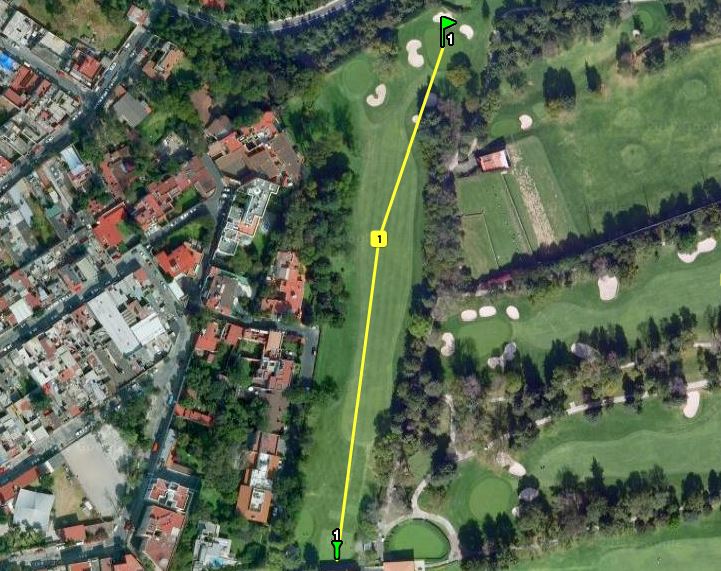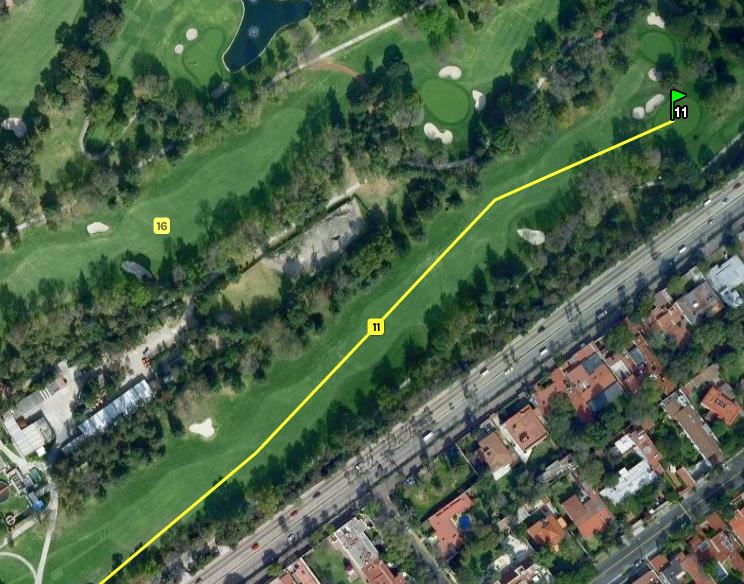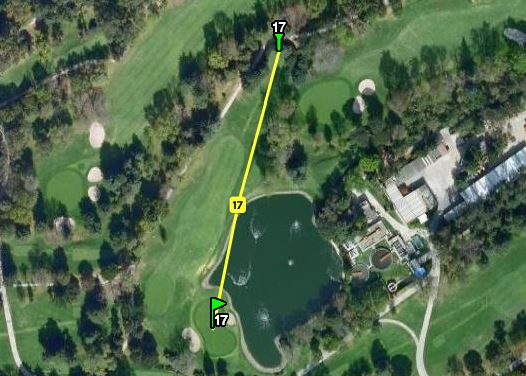During the WGC-Mexico Championship at Club de Golf Chapultapec, you might notice or hear the announcers talk about holes having two greens. And you're not imagining things; it's true. Three holes at Club de Golf Chapultepec have two greens, Nos. 1, 11 and 17.

No. 1 is a 316-yard par 4 that will be driveable for most players in the field. Considering altitude and reducing the distance by anywhere from 10-15 percent, the hole plays approximately 280 yards. And, yes, there are two greens. There's one smaller green to the left with a guarding bunker front right that would make the hole even shorter. The one they'll likely use all four days of the WGC-Mexico Championship sets up a subtle dogleg right, forcing players to come in from left to right or very high over the trees at the dogleg corner to reach the green.

No. 11 is a 622-yard par 5 for the players this week, a behemoth hole, even at altitude. The green complex the tournament will use is guarded by a tall tree short and right, with two bunkers -- one in front right and one back left. The second green, used by membership at times, is some 70 yards short and right of the green used for the championship.

No. 17 is a par 3 that will play 172 yards for the players, giving them a short or mid-iron into the green. The green they'll use is guarded on the left side by water, with a pot bunker just between the green and water on the left. The primary green is two-tiered. A much smaller green to the right leaves a direct shot without water, and it won't be used.
So why do courses like this one and so many in Japan have holes with two greens? When many of these courses were built in the Golden Age of golf architecture, the upkeep on putting surfaces could be so difficult that courses built two greens to lessen the load from foot traffic. Alternating between greens not only helped the turf, but it also helped give variety to the course.

